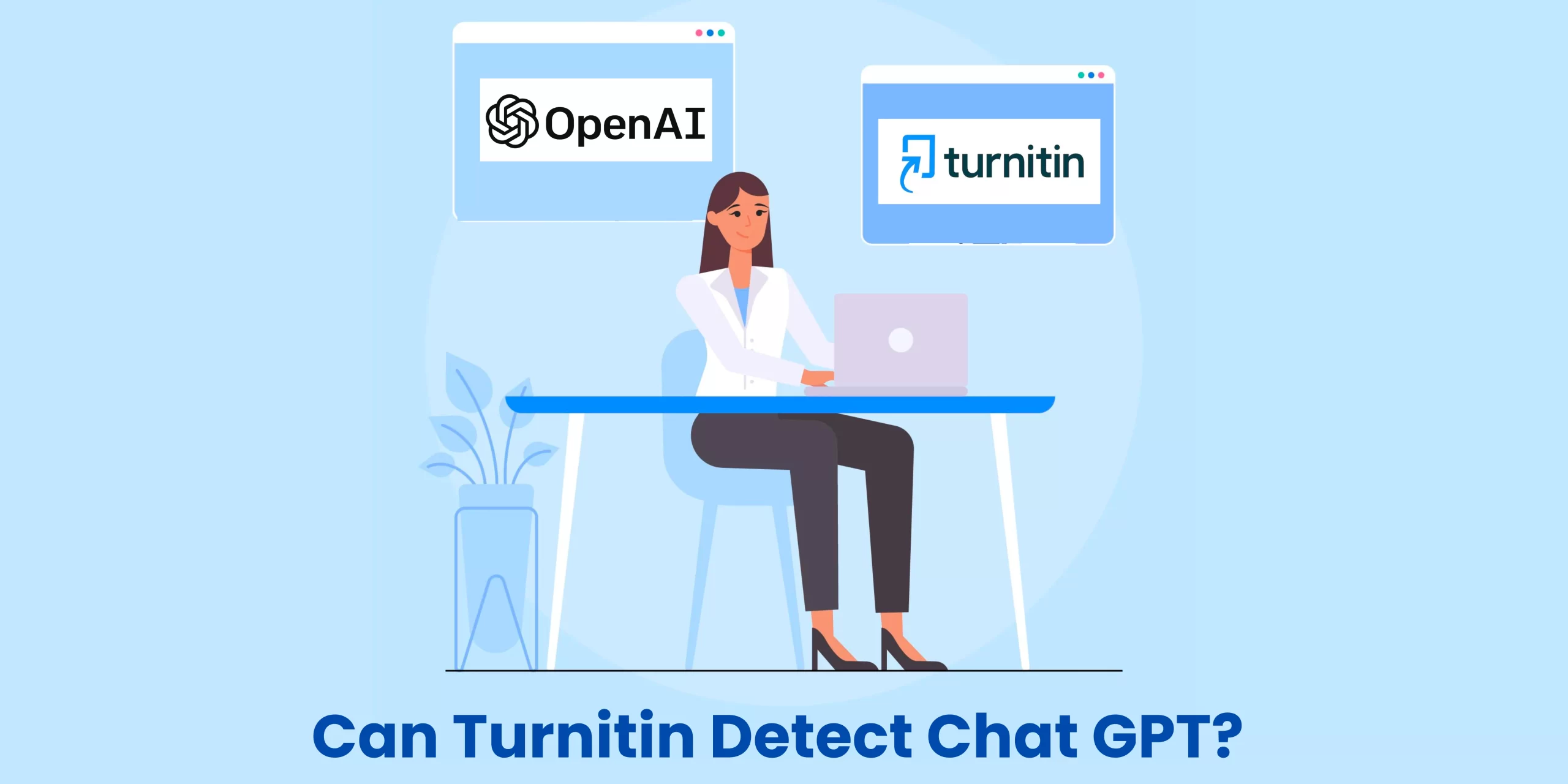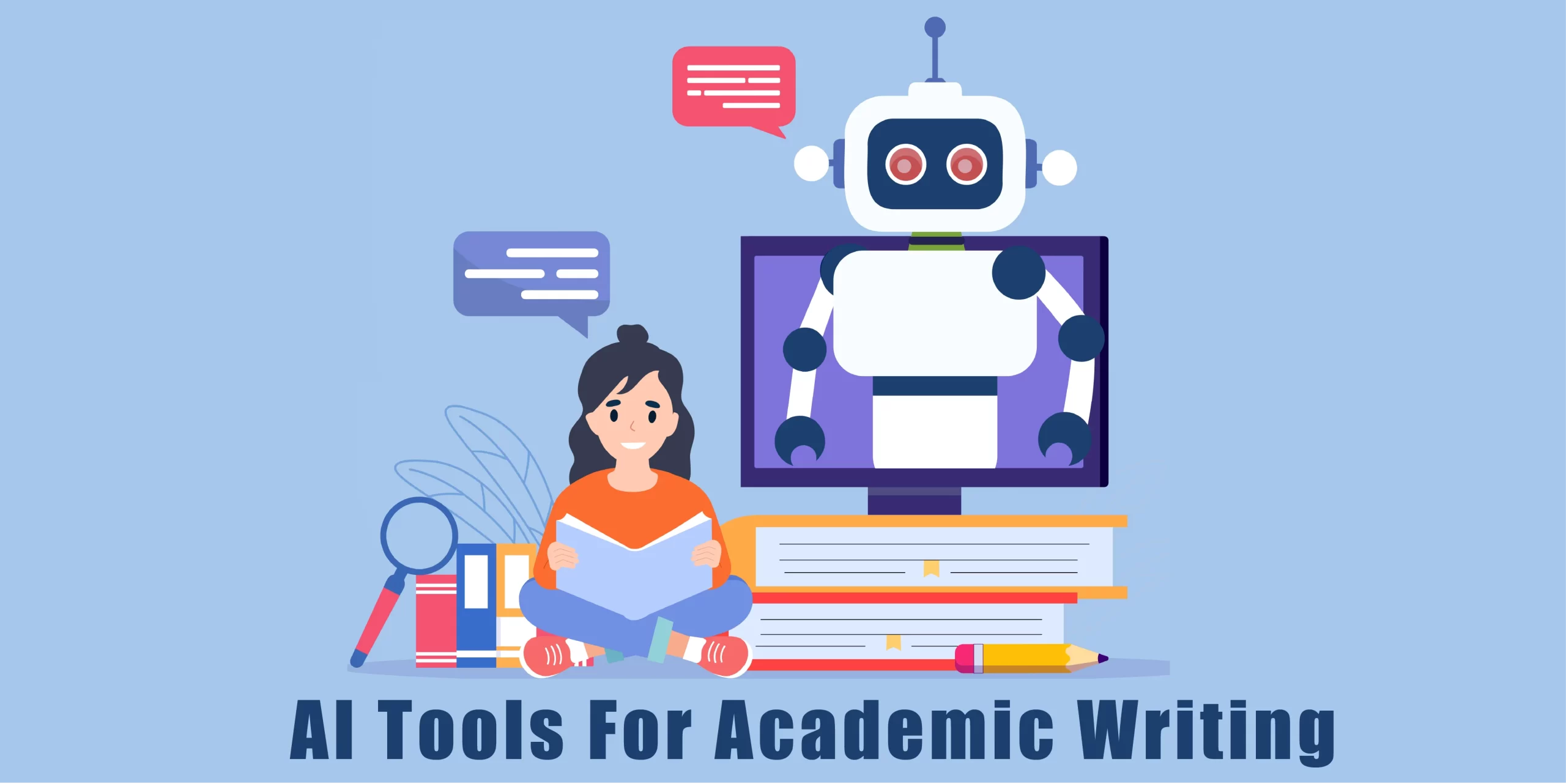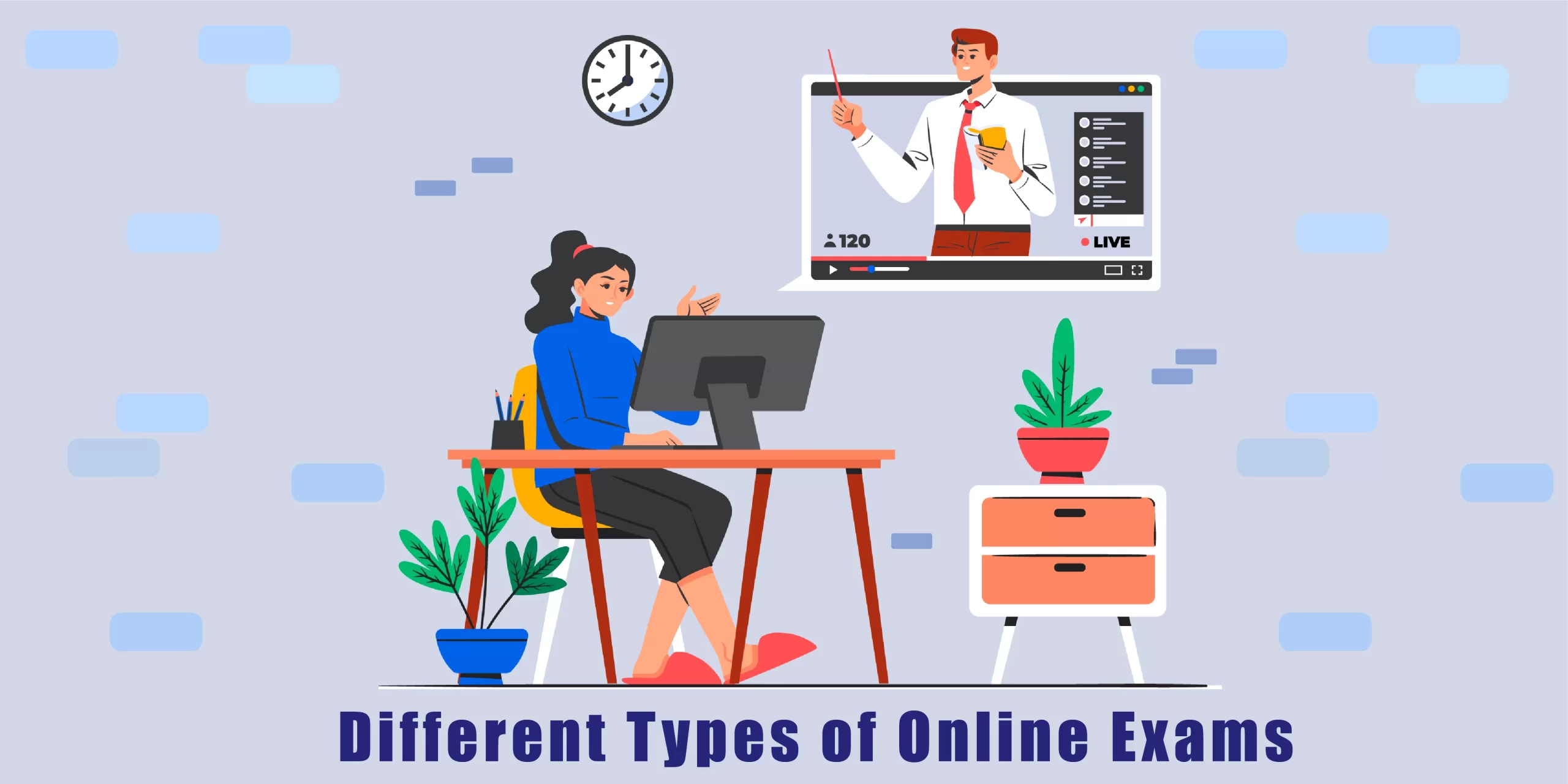In recent years, artificial intelligence has radically transformed various fields, including academic writing. Among the most significant AI-driven tools is ChatGPT, which has become a common solution for students seeking exam help and homework helps. The ability of ChatGPT to generate essays, assignments, and even research papers has left educators and institutions grappling with questions of academic integrity. Central to this concern is whether plagiarism detection software, like Turnitin, is equipped to identify text produced by AI.
Turnitin has long been the cornerstone for maintaining academic honesty, but with AI-generated content flooding the academic world, can Turnitin detect ChatGPT? As the boundaries between human writing and machine-generated text blur, the question of whether Turnitin detects ChatGPT content—and if so, how effectively—becomes increasingly relevant.
This article explores the Turnitin ChatGPT detection process, examines the current state of AI detection tools, and assesses how Turnitin and similar software are evolving to meet this challenge. Does ChatGPT show up on Turnitin in a typical plagiarism report, or do students who use AI tools have ways to evade detection? By analyzing both the technical and ethical aspects of AI-generated content, we aim to provide a comprehensive guide for students and educators navigating this new academic reality.
How Turnitin Detects ChatGPT-Generated Content?
Can Turnitin detect ChatGPT? At its core, Turnitin works by identifying patterns, comparing text against its vast database of academic work, publications, and websites to highlight instances of unoriginal content. The challenge, however, is that AI-generated text like that produced by ChatGPT is often unique. It isn’t copied directly from other sources, so traditional plagiarism detection methods—focused on finding similarities with existing works—may struggle to flag such content.
However, Turnitin detects ChatGPT through more sophisticated techniques. As AI-generated writing becomes more prevalent, Turnitin has introduced tools that go beyond simple text-matching algorithms. These tools focus on the unique linguistic and structural markers typical of AI-produced content. Turnitin ChatGPT detection involves analyzing sentence complexity, structure, and vocabulary to determine whether a passage of text may have been written by a machine rather than a human. ChatGPT, for example, often generates grammatically perfect text that may lack the natural variance found in human writing.
Does Turnitin detect ChatGPT based on these patterns alone? Not entirely. Detection also hinges on statistical models that compare the style of writing with known AI outputs. For example, ChatGPT often produces sentences that are highly structured and uniformly formal, traits that can stand out in student work.
Turnitin’s AI Detection Mechanisms
To answer how does Turnitin detect ChatGPT, we must delve deeper into the mechanics behind the system. While the core of Turnitin’s approach remains focused on plagiarism detection through similarity matching, its AI detection systems are built on machine learning algorithms. These models are trained to recognize certain characteristics typical of AI-generated text. These include:
- Unnatural Sentence Flow: AI-generated text often follows patterns that are more predictable than human writing. ChatGPT may generate sentences that, while grammatically correct, can feel repetitive or overly structured. Turnitin ChatGPT detection involves flagging these overly consistent patterns.
- Uniform Use of Formal Language: AI tools like ChatGPT often produce formal, even academic-sounding language across all types of assignments. This uniformity can be a red flag, especially when a student’s previous submissions show more variability in style.
- Repetitive Vocabulary Choices: While humans naturally vary their word choices, AI-generated content can sometimes default to the same vocabulary across large portions of text. Turnitin detects ChatGPT by assessing the likelihood of such uniformity, which is rare in human writing.
Turnitin vs. GPTZero: Complementary AI Detection Tools
While Turnitin is a powerful tool in detecting plagiarism and AI-generated content, it often works in tandem with other detection technologies. Does Turnitin use GPTZero to enhance its capabilities? While Turnitin has its proprietary detection systems, it also incorporates AI detection features similar to those found in GPTZero, a tool specifically designed to identify AI-generated content.
GPTZero uses neural networks to detect the subtle nuances that distinguish AI-generated text from human-authored work. These systems scan for patterns that include linguistic inconsistencies, such as the way AI tends to overuse passive voice or struggle with complex sentence structures. When used together, Turnitin and GPTZero provide a robust detection framework, significantly increasing the accuracy of identifying AI-generated text.
Factors That Affect Turnitin’s Ability to Detect ChatGPT
Despite advances in technology, Turnitin detects ChatGPT more easily in some cases than others. A variety of factors can influence how well the system identifies AI-generated text, including:
- The Complexity of the Writing: AI, while proficient in generating coherent text, often struggles with complex and creative writing tasks. Essays requiring nuanced arguments, abstract thinking, or deep critical analysis are harder for AI to produce convincingly. In such cases, Turnitin detects ChatGPT more readily because the writing appears too simplistic or mechanical compared to the assignment’s expectations.
- Post-AI Editing: One of the most effective ways to avoid detection is by editing the AI-generated content significantly. Can Turnitin detect paraphrased ChatGPT content? If the student carefully paraphrases the text or reorganizes it, detection becomes harder. However, if the structure and flow of the text still resemble AI-generated output, Turnitin may still flag it as suspicious.
- The Assignment Type: Turnitin’s effectiveness in detecting AI content can vary depending on the assignment. Research papers that require facts, figures, and clear writing can be more easily written by AI, but Turnitin can still flag AI text based on its formal structure and over-reliance on passive voice. In creative writing assignments, however, can Turnitin detect ChatGPT? AI struggles with creativity, so it is easier for Turnitin to flag unusual or out-of-character submissions.
Real-World Testing: Is ChatGPT Detectable by Turnitin?
To truly assess how does Turnitin detect ChatGPT, several real-world tests have been conducted to determine its effectiveness. One study involved submitting multiple AI-generated essays through Turnitin’s ChatGPT detection tool to evaluate how accurately the software could flag AI content. The results were mixed: while many submissions were flagged for suspicious patterns, others passed undetected, especially when students had rephrased the original AI output. This raises questions about how to rewrite ChatGPT to avoid detection effectively.
The tests also revealed that Turnitin often flags essays that contain repetitive sentence structures or overly polished language. However, with more sophisticated editing and paraphrasing, the AI-generated content can sometimes evade detection.
In light of these results, many educators supplement Turnitin with manual review processes. While Turnitin detects ChatGPT in many cases, teacher oversight is crucial. When educators compare a student’s previous work with an AI-generated submission, discrepancies in writing style can provide clear indications of AI use.
Avoiding Turnitin’s AI Detection: Techniques and Ethical Considerations
Students seeking to avoid detection may wonder how to make ChatGPT not detectable by Turnitin. Common methods include paraphrasing or altering the sentence structure of AI-generated content. For instance, students can break up long AI-generated paragraphs, switch out key terms for synonyms, and add personal anecdotes or subjective opinions to make the text appear more original.
However, how to avoid ChatGPT detection ethically is another matter. While students can technically alter AI-generated text to bypass Turnitin ChatGPT detection, doing so undermines academic integrity. Institutions view the use of AI-generated content as a form of cheating, particularly when students pass off AI-produced work as their own.
The best way to avoid detection while maintaining academic honesty is to use AI tools like ChatGPT for brainstorming, outlining, or idea generation rather than as a complete writing solution. This ensures that the final work is original and reflects the student’s understanding of the subject matter.
The Future of AI Detection in Academic Writing
As both AI and plagiarism detection technologies continue to evolve, will Turnitin detect ChatGPT more effectively in the future? The ongoing “arms race” between AI development and detection software suggests that the answer is yes.
Future updates to Turnitin’s systems are expected to include more advanced algorithms capable of identifying AI-generated content with greater accuracy. This might involve real-time monitoring of students’ writing processes, capturing keystrokes, and analyzing writing patterns in real-time to detect whether AI tools were used. Such developments will significantly enhance Turnitin’s ability to flag AI-generated work.
However, as detection improves, AI tools like ChatGPT will also evolve to produce even more human-like text. This continuous back-and-forth evolution will keep both educators and students on their toes, as AI-generated content becomes harder to distinguish from human-authored work.
Conclusion
In summary, can Turnitin detect ChatGPT? The answer is a cautious yes. While Turnitin has made significant strides in detecting AI-generated content, its success depends on the nature of the text and how much effort has been made to alter or refine the original AI output. Turnitin ChatGPT detection tools are becoming more sophisticated, but they are not infallible. With careful editing and paraphrasing, students may still evade detection.
However, the ethical implications of using AI for academic purposes should not be ignored. While ChatGPT can offer valuable exam help and homework help, students must use these tools responsibly. The future of academic writing may well include AI, but it should be as a support tool rather than a shortcut to completing assignments.
Turnitin, along with complementary tools like GPTZero, will continue to develop, ensuring that students and educators have the tools necessary to maintain academic honesty in an AI-driven world.









